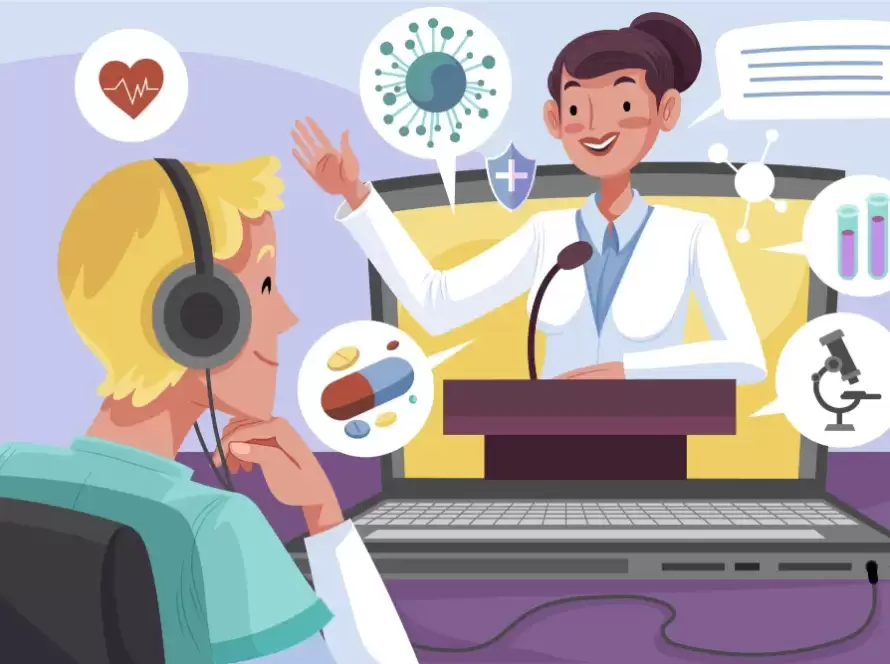Clinical trials is a much specialised area and an important aspect of drug development. It is very intricate and involves several stakeholders and diverse factors that contribute to its study management and timelines. Clinical trials are a long drawn process and to be successful it must meet its objective in the planned timelines. Thus, the entire process requires meticulous planning and its execution at all levels. The process of improving various areas of clinical research in order to expedite the clinical development of novel therapies or interventions depends largely on optimizing the conduct of clinical trials in terms of its implementation and execution; in short it requires optimization at all levels to improve the clinical trial efficiency. This calls for enhancing trial management procedures, site preparedness, patient recruitment and retention, data collecting and analysis, regulatory procedures. A great deal of this is dependent on the trial design. For any clinical trial to be successful, it needs to accelerate patient access and their retention by streamlining the entire trial process, cutting costs, shortening schedules, and making the best use of available resources.
Following are some techniques used to improve the efficacy of global clinical trials:
1. Protocol Structure: Effective clinical trials depend on carefully thought-out protocols. Intricate trial designs, frequent follow up visits, complicated dosing schedules can hamper the study flow and can lead patients dropping out of the clinical trial. It is essential that trial protocol is easy to implement by the investigator with simplified follow up for the patients. The trial process can be accelerated by streamlining the protocol by concentrating on the most crucial outcomes and eliminating pointless processes or visits.
2. Patient Identification and Retention: Finding and retaining eligible patients quickly is essential for effective clinical studies. Using patient registries, databases, and electronic health information helps improve the identification of possible participants. Increased patient engagement, clear subject information, and the removal of participation barriers can all help to increase enrollment and retention rates.
3. Networking and collaboration: Networking and collaboration can improve recruitment efforts and resource sharing between research institutions, pharmaceutical manufacturers, and providers of healthcare.
4. Short term Trial Designs: Short duration trial designs with a specific objectives make study implementation easy. It simplifies issues with sample size, follow up plans and makes the entire process user friendly for the investigator, patient and the monitoring teams. These trails are economically viable and can provide relevant findings in a short span of time.
5. Technology: Making use of technology can greatly increase the effectiveness of trials. Systems for electronic data capture (EDC) simplify data collection, lower error rates, and improve data quality. Reducing the requirement for frequent site visits is made possible by wearable technology and remote monitoring techniques. Decentralized studies increase patient engagement and improve patient retention with the use of digital technology.
6. Regulatory Assistance: Working with regulatory organisations early in the trial planning process can make it easier to comply with regulations. Early involvement helps shorten approval processes and lessen trial delays.
7. Data Exchange and Transparency: Sharing of data in the form of publications in scientific journals fosters a research environment based on transparency among organisations and researchers. It helps prevent duplication of similar work and efforts. Repetitive investigations can be avoided and future research directions can be informed by sharing poor outcomes and failing trials. This in turn helps to progress research efforts for a specific health research problem and early results can be achieved due to joint efforts.
8. Patient-Centric Technique: By giving patients’ needs and perspectives top priority throughout the research, patients’ experiences can be enhanced and participation can rise. Patient participation and satisfaction can be improved by incorporating patient-reported outcomes and enlisting patient advocacy groups in the design of trials.
9. Optimized Ethical Review Procedures: Working with institutional review boards (IRBs) and ethics committees helps hasten the ethical review procedure. Delays in gaining permissions can be reduced through clear communication and standardized procedures with the help of investigators.
10. Real-world Evidence (RWE): Observational studies, electronic health records, and patient records can provide real-world evidence that can be used to supplement clinical trial data. RWE may lessen the need for extensive and expensive studies by offering additional insights on treatment efficacy, safety, and long-term results.
Researchers, sponsors, and regulatory agencies can collaborate to maximize the effectiveness of clinical trials by putting these techniques into practice, which will hasten the development of novel therapies and enhance patient care.


